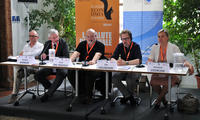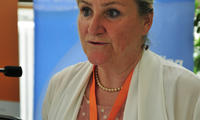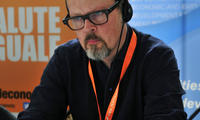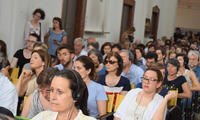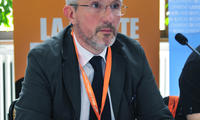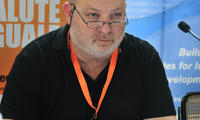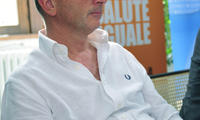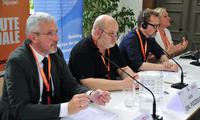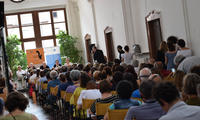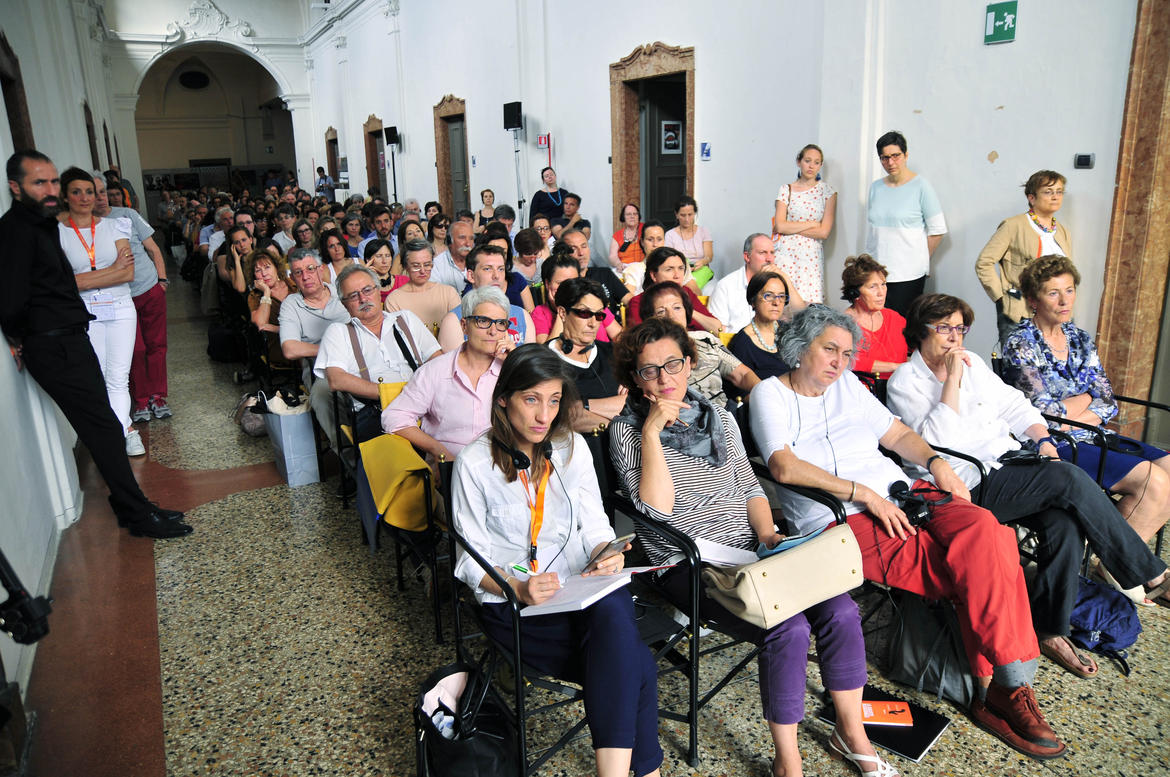
At this year’s Trento Festival of Economics, culture has played an important role in shaping the discussions of Unequal Health. Cultural can an alternative tool to decrease inequality and promote healthy lifestyles, both of which increase health outcomes for people. Culture is itself a source of psycho-physical well-being, with art and and other creative pursuits frequently acting as therapeutic outlets not only for those that engage in their production, but also for those observing and appreciating them.
Professor Sigurdson began by making the connections between health and culture more explicit, stating, “Health is multidimensional in the sense that it involves the mind, the spirit, and the body. Culture is the sum of the values and habits that are meaningful to a community.” These cultural values influence all of the dimensions of health, meaning that our culture is an important factor in our health. As early as the Middle Ages, there have been therapies for the spirit, however, the connections today between disciplines need to be strengthened. The Center for cultural health of the University of Gothenburg is attempting to strengthen these interdisciplinary connections by encouraging collaboration between complementary professions.
The multidimensional conception of health is reinforced by data, which indicates that those who are not culturally active also more likely to report being in poor health. Italian National Institute of Statistics found in a self-assessment survey that 66% of respondents who are not culturally active, accounting for roughly 30% of the Italian population, reported that they were of bad or very bad health. Only 10% of those who are culturally active declared the same lòevel of poor health in the survey.
The poor levels of health reported by people who do not engage in cultural activities is likely due to the breakdown of social relations. Cultural institutions give people incentives that not only make people less likely to need hospitalisation, but also provide other forms of care that address health in a multidimensional way. Art and music are already being in some places to improve the health of patients; Sant’Anna hospital in Turin has invited artists and musicians to improve spaces for patients and provide “musical vitamins” which helps to relieve stress patients may experience in the hospital. This kind of out-of-the-box thinking may be the best way forward for patients, because it addresses multiple dimensions of health and well-being.
Web: http://2017.festivaleconomia.eu
Twitter:@economicsfest
Facebook: https://www.facebook.com/festivaleconomiatrento








